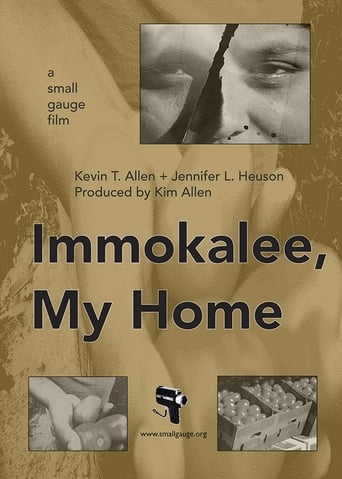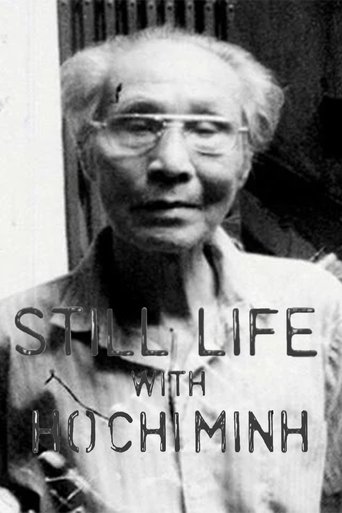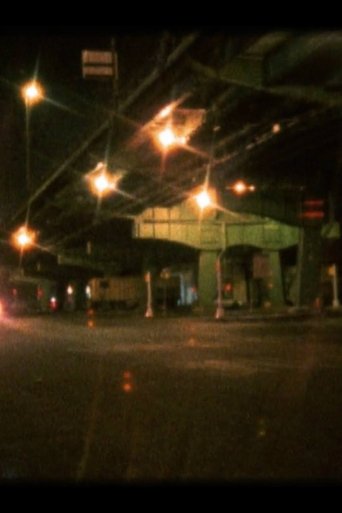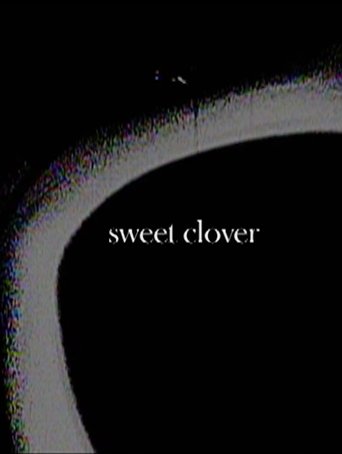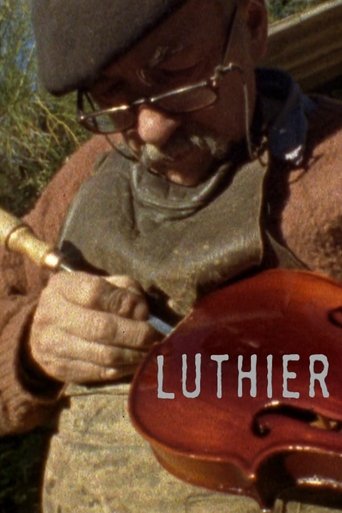Desamparados 2010
Desamparados (the forsaken) is the name of an abandoned train station in Lima, the origin of a month-long journey to Machu Picchu. By rail and by foot we encounter the ghosts of colonial relics, from Catholicism to industrialism to a lost Incan fortress. We transport between the bucolic, crestfallen mountaintops and dejected mining towns, tracing the scars of conquest upon the terrain. We surge forward despite a forsaken history chiseled into the Andean landscape

